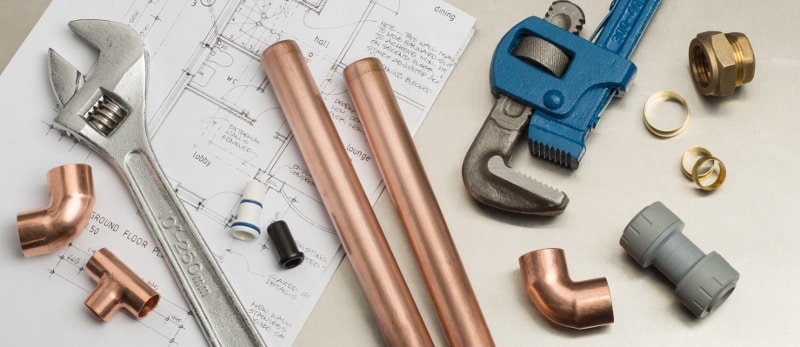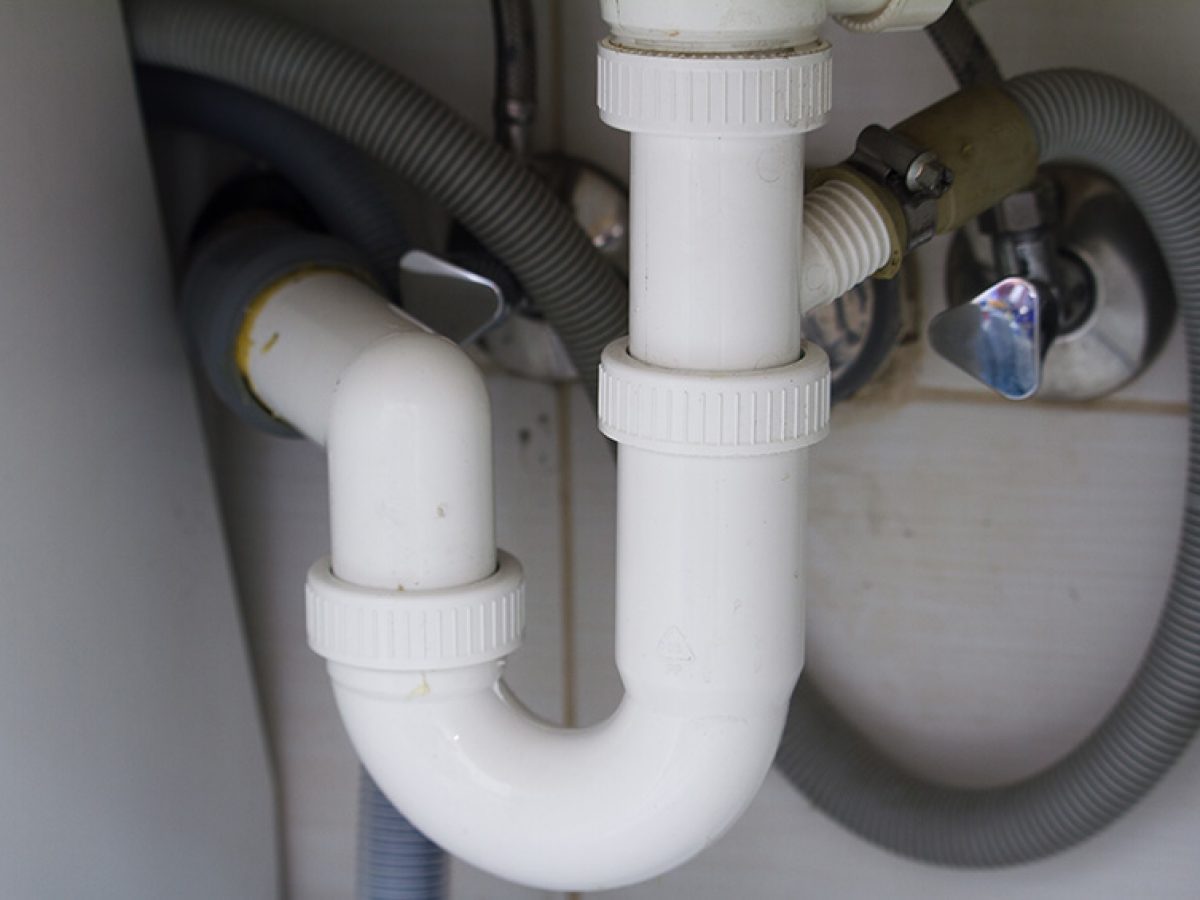The Core Parts of Your Home's Plumbing System
The Core Parts of Your Home's Plumbing System
Blog Article
Here further down yow will discover some exceptional guidance in regards to Plumbing Installation 101: All You Need to Know.

Understanding exactly how your home's pipes system works is vital for every single property owner. From providing tidy water for drinking, cooking, and showering to safely getting rid of wastewater, a well-maintained pipes system is critical for your family's wellness and convenience. In this thorough guide, we'll check out the elaborate network that comprises your home's plumbing and deal pointers on upkeep, upgrades, and taking care of usual problems.
Intro
Your home's plumbing system is more than simply a network of pipelines; it's a complex system that ensures you have access to tidy water and reliable wastewater elimination. Recognizing its parts and how they collaborate can assist you stop pricey repair services and make certain everything runs efficiently.
Standard Components of a Plumbing System
Pipelines and Tubes
At the heart of your pipes system are the pipelines and tubing that bring water throughout your home. These can be made from different products such as copper, PVC, or PEX, each with its benefits in terms of sturdiness and cost-effectiveness.
Components: Sinks, Toilets, Showers, and so on.
Fixtures like sinks, bathrooms, showers, and bath tubs are where water is utilized in your house. Understanding just how these fixtures link to the pipes system aids in diagnosing troubles and planning upgrades.
Valves and Shut-off Points
Shutoffs regulate the flow of water in your plumbing system. Shut-off valves are vital during emergencies or when you need to make repair services, permitting you to separate parts of the system without disrupting water flow to the entire home.
Water System System
Key Water Line
The major water line attaches your home to the municipal water supply or an exclusive well. It's where water enters your home and is distributed to numerous fixtures.
Water Meter and Pressure Regulatory Authority
The water meter actions your water usage, while a pressure regulatory authority makes certain that water streams at a risk-free pressure throughout your home's plumbing system, protecting against damage to pipes and components.
Cold Water vs. Warm water Lines
Understanding the difference between cold water lines, which provide water straight from the primary, and hot water lines, which carry warmed water from the water heater, aids in fixing and planning for upgrades.
Water drainage System
Drain Pipes Pipeline and Traps
Drain pipelines bring wastewater away from sinks, showers, and toilets to the sewage system or sewage-disposal tank. Traps prevent sewage system gases from entering your home and likewise trap particles that might cause obstructions.
Air flow Pipes
Air flow pipes allow air into the drain system, preventing suction that can slow down drainage and create catches to vacant. Appropriate ventilation is essential for preserving the stability of your plumbing system.
Importance of Correct Water Drainage
Making sure proper drainage prevents back-ups and water damage. Routinely cleansing drains and maintaining catches can stop expensive fixings and prolong the life of your plumbing system.
Water Heating System
Sorts Of Water Heaters
Water heaters can be tankless or traditional tank-style. Tankless heating units warmth water as needed, while tanks save heated water for instant use.
Exactly How Water Heaters Attach to the Plumbing System
Comprehending just how water heaters link to both the cold water supply and warm water circulation lines helps in identifying concerns like insufficient warm water or leakages.
Maintenance Tips for Water Heaters
Consistently flushing your hot water heater to get rid of sediment, inspecting the temperature level settings, and checking for leaks can prolong its lifespan and enhance power effectiveness.
Usual Plumbing Problems
Leaks and Their Reasons
Leakages can occur because of maturing pipelines, loose fittings, or high water pressure. Attending to leakages immediately prevents water damage and mold growth.
Clogs and Obstructions
Obstructions in drains pipes and commodes are frequently triggered by purging non-flushable things or a buildup of oil and hair. Using drainpipe screens and being mindful of what decreases your drains pipes can stop obstructions.
Signs of Plumbing Issues to Look For
Low tide stress, slow-moving drains, foul odors, or unusually high water bills are indications of prospective pipes problems that ought to be addressed without delay.
Plumbing Maintenance Tips
Regular Evaluations and Checks
Arrange annual plumbing assessments to capture problems early. Search for signs of leaks, deterioration, or mineral build-up in taps and showerheads.
Do It Yourself Upkeep Tasks
Simple jobs like cleansing faucet aerators, looking for commode leakages using dye tablets, or protecting subjected pipelines in cool environments can protect against major plumbing problems.
When to Call a Professional Plumbing
Know when a plumbing problem needs specialist expertise. Attempting complex repair work without appropriate understanding can cause even more damages and greater fixing prices.
Upgrading Your Plumbing System
Factors for Updating
Upgrading to water-efficient fixtures or replacing old pipelines can boost water high quality, decrease water bills, and increase the worth of your home.
Modern Pipes Technologies and Their Benefits
Discover innovations like clever leakage detectors, water-saving bathrooms, and energy-efficient hot water heater that can conserve money and decrease ecological effect.
Expense Considerations and ROI
Compute the upfront costs versus lasting cost savings when considering plumbing upgrades. Numerous upgrades pay for themselves via minimized energy bills and less repair services.
Environmental Influence and Preservation
Water-Saving Fixtures and Devices
Setting up low-flow faucets, showerheads, and commodes can substantially reduce water use without sacrificing performance.
Tips for Reducing Water Usage
Simple practices like taking care of leaks without delay, taking shorter showers, and running full tons of laundry and recipes can conserve water and reduced your utility costs.
Eco-Friendly Plumbing Options
Consider sustainable plumbing products like bamboo for floor covering, which is durable and environment-friendly, or recycled glass for countertops.
Emergency situation Preparedness
Steps to Take Throughout a Plumbing Emergency situation
Know where your shut-off valves lie and how to switch off the water supply in case of a ruptured pipe or significant leakage.
Relevance of Having Emergency Contacts Convenient
Maintain get in touch with details for neighborhood plumbings or emergency situation services easily offered for quick action during a plumbing dilemma.
Do It Yourself Emergency Situation Fixes (When Applicable).
Momentary solutions like using air duct tape to spot a leaking pipeline or positioning a container under a dripping tap can lessen damage till an expert plumbing professional arrives.
Conclusion.
Understanding the makeup of your home's plumbing system empowers you to preserve it effectively, conserving time and money on fixings. By complying with regular upkeep routines and staying notified about modern-day plumbing modern technologies, you can ensure your plumbing system runs effectively for years ahead.
Exploring Your Homes Plumbing Anatomy
Water Supply System
Main Water Line: This is where water enters your home from the municipal supply or a private well.
Water Meter: Typically located near where the main water line enters the property, it measures the amount of water used.
Shutoff Valve: It s crucial to know where this is in case of emergencies. It allows you to turn off the water supply to the entire house.
Pipes and Fittings: These distribute water throughout your home. Materials can include copper, PVC, or PEX.
Drain-Waste-Vent (DWV) System
Drains: Located in sinks, showers, and tubs, these carry wastewater away.
Traps: U-shaped pipes under sinks that hold standing water, blocking sewer gases from entering the home.
Vents: Pipes that lead from the DWV system to the outside, preventing vacuum formation and allowing gases to escape.
Sewer Line: Carries all wastewater from the home to the municipal sewer system or a septic tank.
Fixtures and Appliances
Sinks, Toilets, and Showers
Dishwashers and Washing Machines
Water Heaters
Maintenance Tips
Regularly check for leaks in exposed pipes and around fixtures.
Inspect the water heater annually for signs of wear.
Clean drains and traps to prevent clogs and odors.
Know how to shut off water to individual fixtures.
When to Call a Professional
Major leaks or burst pipes
Installation of new pipes or fixtures
Septic tank issues
Remodeling projects that involve plumbing changes
Conclusion
Understanding the anatomy of your home's plumbing is key to maintaining a functional and efficient system. Regular checks and knowing when to call in the experts can save you time, money, and stress.
https://www.mavyn.com/blog/exploring-your-homes-plumbing-anatomy

Exploring Your Homes Plumbing Anatomy
Water Supply System
Drain-Waste-Vent (DWV) System
Fixtures and Appliances
Maintenance Tips
When to Call a Professional
Conclusion
Understanding the anatomy of your home's plumbing is key to maintaining a functional and efficient system. Regular checks and knowing when to call in the experts can save you time, money, and stress.
https://www.mavyn.com/blog/exploring-your-homes-plumbing-anatomy
I have been very interested in Understanding Your Home's Plumbing Anatomy and I hope you liked the new piece. Are you aware of another individual who is fascinated with the topic? Please feel free to share it. We treasure reading our article about .
Book Report this page